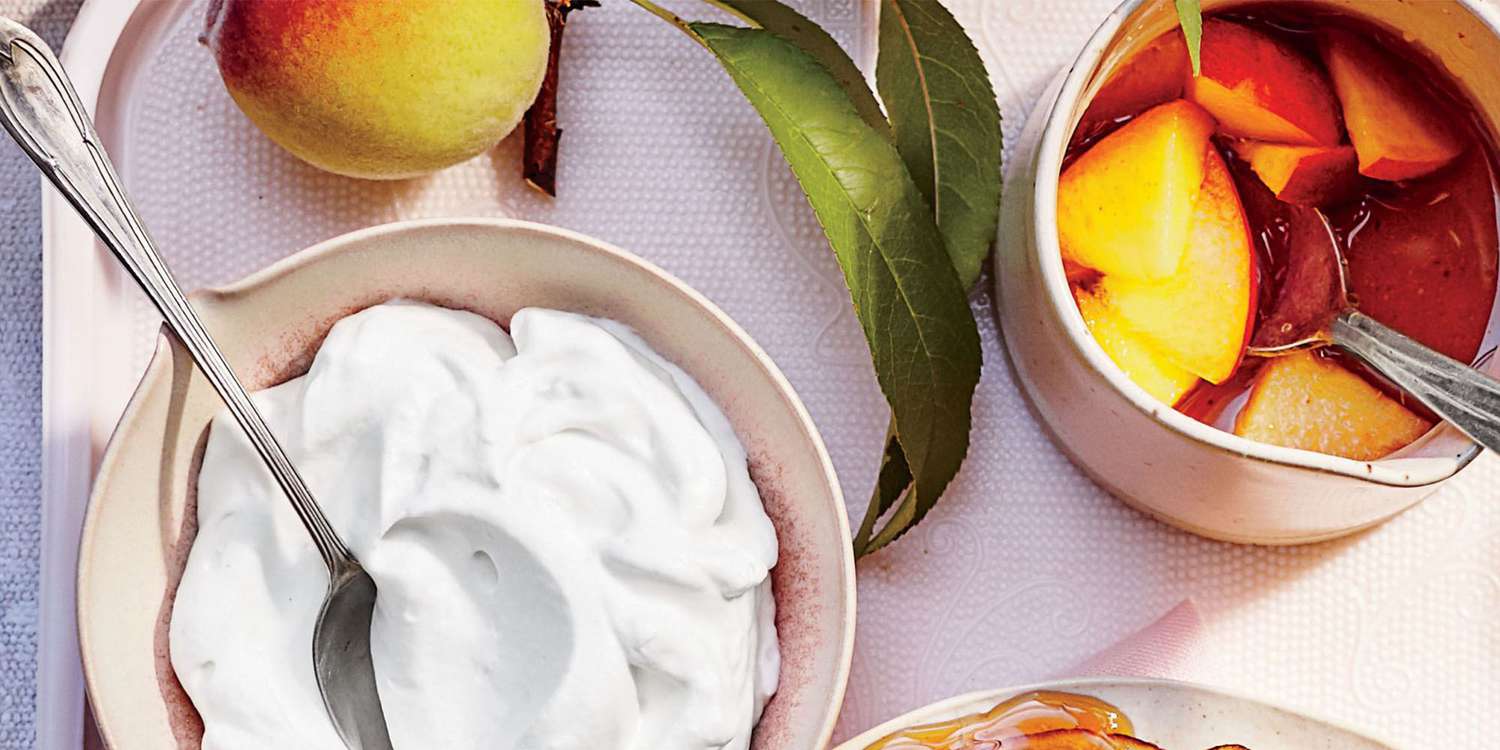One of the quickest ways to spoil a good mood is opening the dishwasher and finding a favorite item has become a casualty of convenience cleaning, whether it be Tupperware or tumblers.
Insulated cups can be a particular conundrum in this area, as their portability and ease of use suggest the ability for quick care — i.e. popping them in the ol’ dishwasher. But is that wise?
With their rising popularity as an essential accessory, the answer to this question is suddenly more pertinent.
What Is an Insulated Cup?
First, it’s best to understand how an insulated cup works. Unlike standard cups or tumblers, an insulated cup has two layers: an inner wall and an outer one, separated by air that creates a vacuum. This vacuum and the seal that ensures it is what keeps your cold beverages cold (even on very hot days) and your hot beverages hot (even when you’re shivering on a cold car seat).
Hand-Wash or Dishwasher Safe?
Most likely, the manufacturer of your favorite insulated cup has placed the words “hand wash only” on the label or bottom of the cup itself and not “dishwasher safe.” This means cleaning it with warm, soapy water in the sink and allowing it to dry is the only way to go.
Handwashing is especially important with these items as the heat of the dishwasher can (and likely would) damage the ever-important seals on the cup, allowing air into that precious insulated airspace and compromising its ability to keep that which is cool, cool or hot, hot.
In addition, the dishwasher’s heat can cause cracks in the walls, allowing hot water in between them, where it gets trapped and sloshes around in an annoying fashion, broadcasting the cup’s untimely ruin with every step you take.
Not to mention, depending on its composition, the plastic may simply flatten or warp.
In a real pinch, however, you could attempt a cycle with the cup on the top rack without a drying cycle (where the highest heat lives). But this shouldn’t be anything close to a regular occurrence if you hope to keep your insulated vessel in good use, even if you don’t see the phrase “hand wash only” marked on the cup. The only insulated cups that should be treated as dishwasher-safe are the ones that are labeled as such.
More Cleaning Tips
Even with regular care, stainless steel tumblers can accumulate spots of decolorization or oxidation inside them. To fix those stubborn spots, add ½ cup distilled vinegar to your cup, swirl it around and leave it to sit for 10 minutes; then, rinse with water and scrub the spots with a few teaspoons of baking soda using a non-metallic bottle brush.
It’s also possible (let’s be honest) that you forgot the remnants of some morning’s coffee in your car for about a week. Two tablespoons baking soda combined carefully in the insulated cup with distilled vinegar and left to sit 5 minutes is also a great way to sanitize those gross situations from accidental neglect.
Another super-convenient solution for smells, bacteria, or mold are water cleaning tablets. Simply fill your cup with water, toss in a tablet, and let it sit for 30 minutes. Then rinse with clean water until all traces of cleaner are gone.




